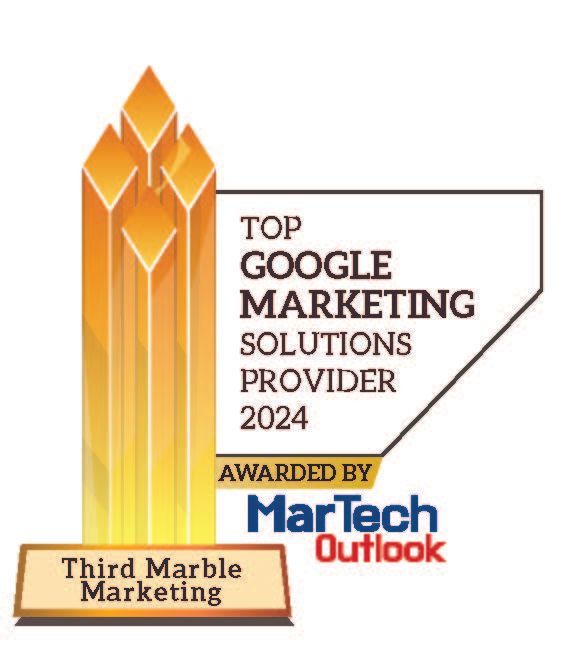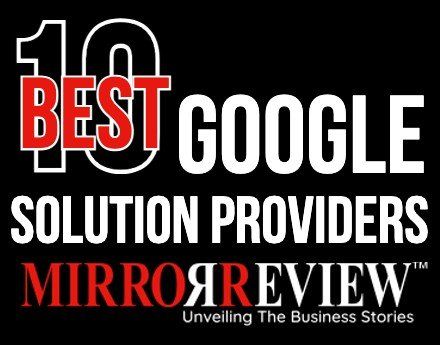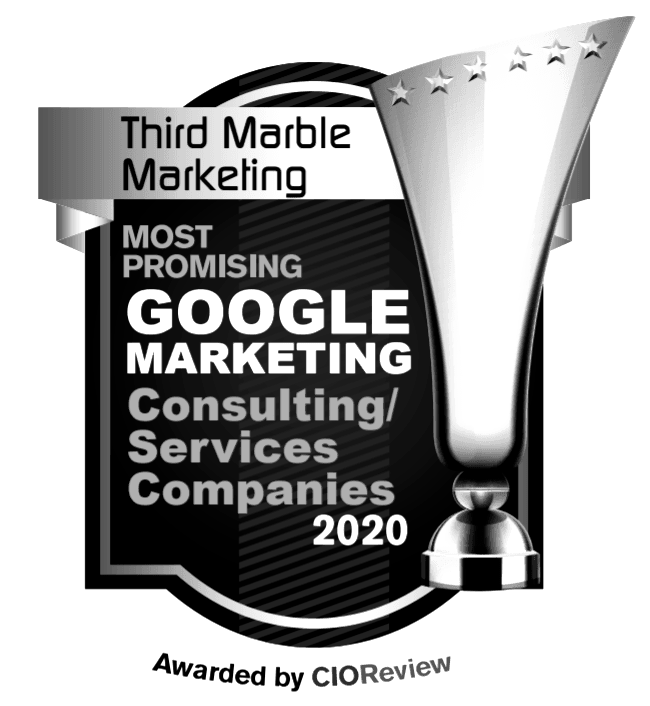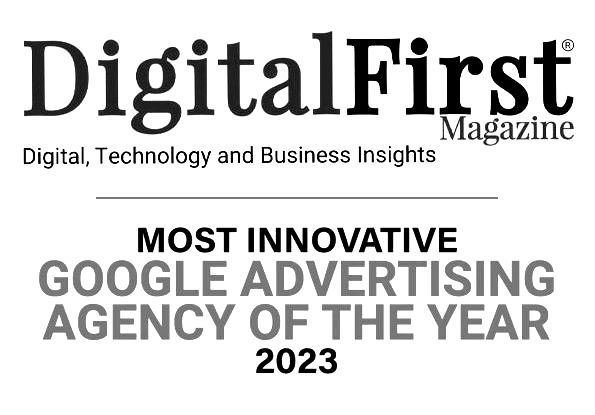Gather Online Reviews on Google
GATHER ONLINE REVIEWS ON GOOGLE
Or Get Lost in the Digital Marketing Shuffle!
Second in a Series of Two Articles
Last month you were presented with Google as the modern-day vehicle for word of mouth marketing. Online reviews by customers sharing their best and worst experiences heavily influence local search engine optimization (SEO). Bottom-line for small/mid-size business (SMB) owners and managers … the more reviews you enjoy on crowd-sourced review sites drive a greater probability of your business ranking on the first page of Google.
As a place to start, read our May article … WORD OF MOUTH IN THE DIGITAL AGE. Here are just a few of the critical takeaways:
- Startling findings of a Local Consumer Review Survey by Bright Local
- Star ratings of your company really matter
- Only 13 percent of SMBs ask customers for online feedback
- Yet 77 percent of consumers are willing to do so if asked
- Reasons why SMBs don’t ask for online reviews

Why Does Something So Important Receive So Little SMB Attention?
There are several reasons, in addition to the fear factor of receiving negative reviews, the prime roadblock is the lack of internal process by most SMBs to request, monitor and respond to reviews. It requires diligent, nimble, proactive monitoring and execution to prevail in the competitive arena of earning recognition on the first page of Google.

What To Do … And How To Do It!
OK. You are now convinced of the need and committed to maximize your digital marketing results. That means a process to initiate and execute a strategy to aggressively invite customer online reviews and monitor and respond to feedback.
Building a great set of reviews takes time – so the sooner you get started, the better. If you wait too long, your competitors will get so far ahead of you that you may not be able to catch them.
Now your choices are do-it-yourself or invest in professional SEO management services. Let’s take a look at what your checklist for success must look like … whether the DIY or professional management route is chosen.
Getting Ready … to Get Ready!
Your starting place is to examine and ensure that you deliver great customer service. Happy customers mean good ratings and reviews
Next, you need to have an active strategy in place to encourage reviews rather than waiting for it to happen naturally. You want to be proactive and gain more exposure for your local company on Google to show you’re a great business with numerous, high-quality reviews.
Make sure your website supports your SEO strategy. For example, if you want to rank for a term, make sure it is on the page you want to rank. Google My Business also emphasizes engagement to order search results. So, things like photos and an interactive map are content for your users to engage with. Reviews are also primary engagement items as they invite website visitor attention.

3 Steps to Win Superior Online Reviews
Your objective is to attract quality, positive customer online reviews. Your payoff …
More Exposure = More WebsiteTraffic
More Reviews = More Credibility
More Stars = More Leads
So here’s a proven process that will drive you to the top of the Google search pyramid. If you are a “do-it-yourselfer”, the summary of the steps will give you a structural outline for you to then fill in the blanks and execute your strategy.
Following the summary, we’ll offer an execution alternative if you choose to enlist professional help.
Step 1: Survey Your Latest Customers
Email your customers and ask them to respond to 2 requests:
- Tell us about your most recent experience with our company.
- On a scale of 1-10, how likely would you be to refer us to a friend or colleague?
A 9 or 10 answer to the second question should trigger a request from you to review your business on social media websites.
Step 2: Add Your Customers’ Survey Responses to Your Website
Don’t hesitate to post negative reviews. It will bolster your business as being authentic and foster good customer experiences so good reviews will outweigh the less-than-good.
Step 3: Track Your Results
It’s important to know how your customers rate your business online and what your ratings look like over time.
2017 LOCAL SEO RANKING FACTORS
Staying with the DIY approach for a moment … if you really have a thirst for knowledge and want to deep-dive into the depths of successful SEO ranking, you may choose to click on the above graphic. It will bring you to a 2017 study of 200+ factors over 100,000 local businesses to figure out what is similar to the businesses that are ranking highest on Google.
Note: The study revealed that winners have likely invested in professional SEO services.
Still bent on DIY? Then here are some foundational pieces to provide a frame-of-reference.

Professional SEO Management Services – Time & Money Saver
Admit it! As an SMB owner or manager you are already wearing several hats. Ladling in yet another marketing responsibility is probably not an attractive option … particularly if you have to master the learning curve to effectively initiate and execute a strategy to aggressively invite customer online reviews plus monitor and respond to results.
That said, you are well-advised to seek proven expertise just as you do with your accountant, attorney or other trusted advisors.
Alert! There are 3 major costs with DIY.
- Lost-opportunity costs … time spent away from building and maintaining your business.
- Lost sales … due to “trial & error” perfection of your DIY efforts.
- Lost website prospect traffic … by not engaging immediate SEO expertise.
Click here to view a brief slideshow of how your burden may be relieved plus enjoy developing more leads and conversions to sales … without added hassle and at amazingly affordable pricing.
Third Marble Marketing is primed to be your SEO/PPC “go-to” resource.
Give us a call or drop an email.
We’ll respond promptly … at no charge.
Click these links for your FREE SEO and PPC audits!!
Need Help Getting Found Online?
Call Us Today:
(Open Mon-Fri 9:00-5:00 ET)
Or Schedule A Call Later:
(Schedule a Time For Us To Call You.)
The post Gather Online Reviews on Google appeared first on Third Marble Marketing.
Third Marble Marketing - Google Ads & SEO Tips, Tricks and Case Studies


























